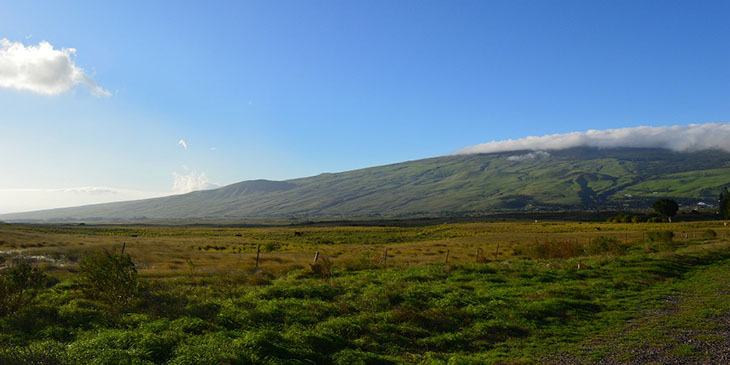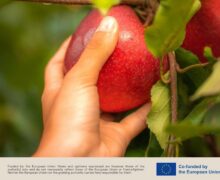Hawaii Kilauea volcano quiet: Air quality good on the island of Hawaii

It has now been a month since the continuous flow of lava ceased from Hawaii Kilauea volcano on the Big Island, with the clean and clear air quality island-wide being the most evident sign of the positive impact since then.
Air quality is rated as good in all communities throughout the island of Hawaii, according to daily reports monitored by the Hawaii State Department of Health. For the latest updates on air quality ratings and information, visit online here.
The U.S. Geological Survey and Hawaiian Volcano Observatory are also reporting that sulfur dioxide emissions at Kilauea summit and in the Lower East Rift Zone in Puna, where lava flows were occurring, have been drastically reduced and are at their lowest combined level since 2007 – eleven years ago. The alert level for Kilauea volcano was lowered from a warning to a watch level three weeks ago.
Kilauea volcano’s latest eruption began May 3 with lava flowing continuously until August 6. The affected area in lower Puna comprises less than one percent of the island of Hawaii, which measures 4,028 square miles and is larger than all of the other Hawaiian Islands combined. Other areas of the island of Hawaii were unaffected by lava flows.
George D. Szigeti, president and CEO of the Hawaii Tourism Authority, stated, “After three months of continuous lava flows, we are cautiously hopeful this cessation in activity becomes permanent.
“We encourage travelers from around the world to come and enjoy the incredible diversity of landscapes and natural beauty to be explored on the island of Hawaii. The island is safe to visit, the air quality is good and, by coming here, travelers will be supporting community economies and helping residents with their recovery.”
Ross Birch, executive director for the Island of Hawaii Visitors Bureau, said, “Travelers can plan trips to the island of Hawaii with confidence. The air quality is clean and beautiful for all to enjoy.
“The island of Hawaii is immense and there is so much for visitors to see, do and discover beyond the limited area where the lava flows occurred. Our tourism partners island-wide will ensure travelers have a marvelous experience on an island that has unmatched characteristics, attractions and geography.”
Approximately 13.7 square miles of land in the lower Puna area have been covered by lava, with flows into the ocean having added an estimated 875 acres of new land to the island. More than 700 homes were destroyed, and many businesses have suffered significant losses in revenue, primarily because many visitors have chosen to avoid the area.
Hawaii Volcanoes National Park, the state’s most popular visitor attraction, announced plans to reopen more parts of the park on September 22. Because of damage caused by the volcano activity, most of the park has been closed since early May, with only the Kahuku Unit remaining open to the public.
Kilauea has been an active volcano since 1983. Residents and visitors have been drawn to the wonder of seeing nature at work in the creation of new land via tours or visits to Hawaii Volcanoes National Park.
source: eTN




